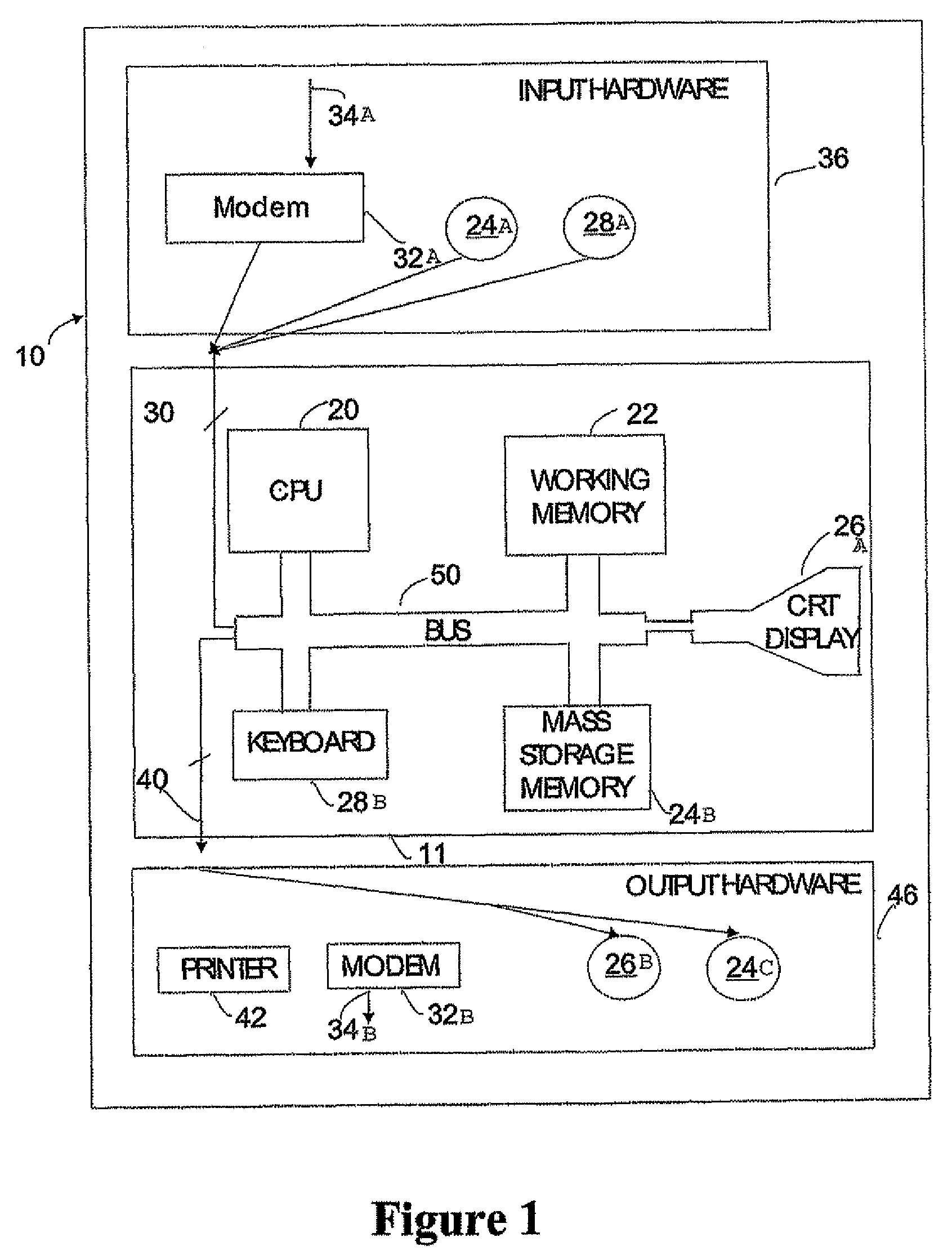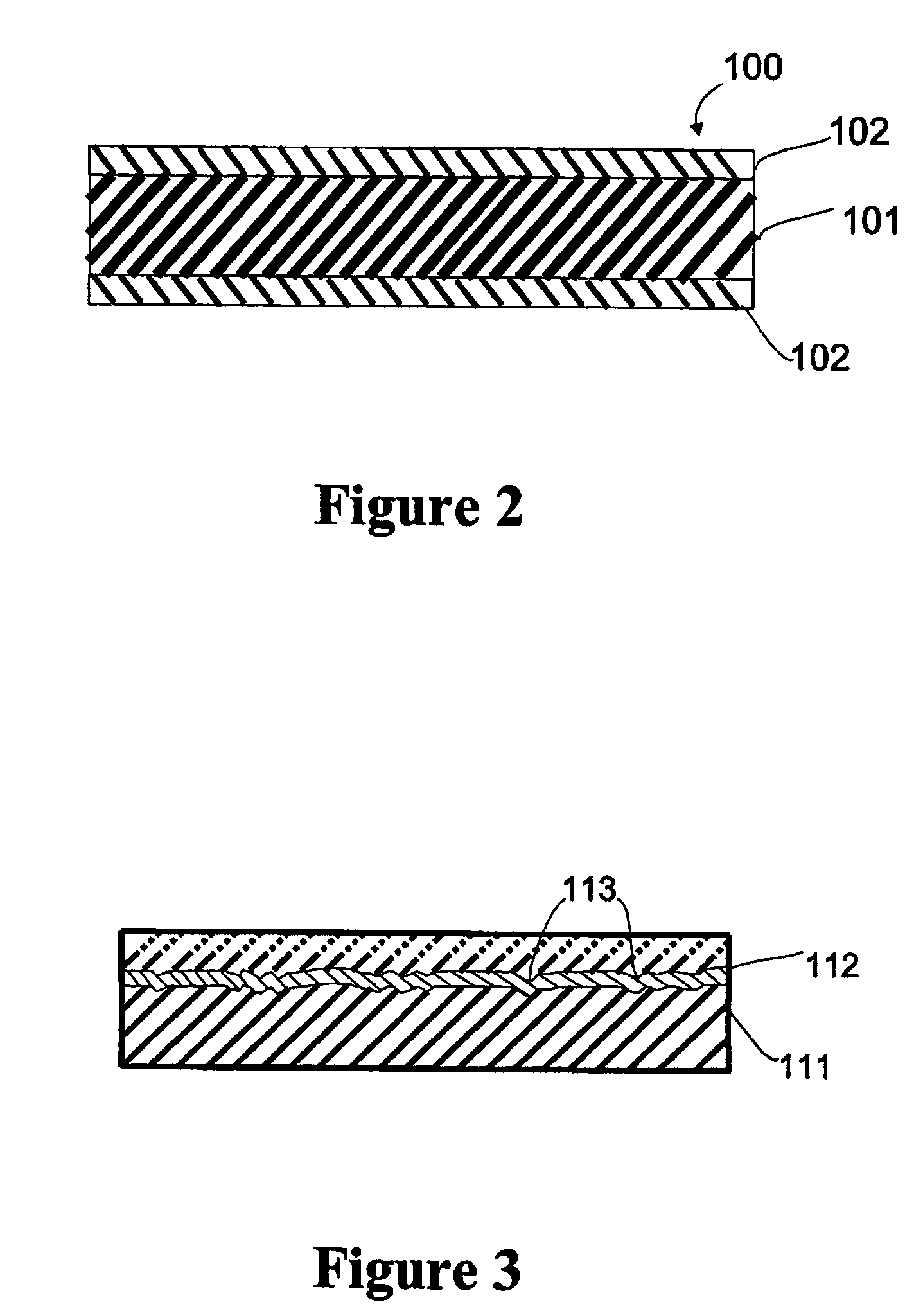Diagnostic assay for measuring a cell mediated immune response
a cell-mediated immune response and diagnostic assay technology, applied in the field of diagnostic assays, can solve the problems of large scale adoption and limit the ability to easily and accurately measure the response of cmi, and achieve the effects of reducing laboratory exposure, minimizing handling costs, and facilitating analysis
- Summary
- Abstract
- Description
- Claims
- Application Information
AI Technical Summary
Benefits of technology
Problems solved by technology
Method used
Image
Examples
example 1
Development of Assay
[0098]Heparinized blood samples were collected from consenting volunteers or donors. Blood samples were collected into Vacuette [registered trade mark] tubes (Greiner Bio-one, Germany).
[0099]Aliquots of the blood samples were incubated with either Mycobacterium tuberculosis purified protein derivative (PPD, Cellestis Limited, Australia), Tetanus toxoid (CSL Limited, Australia), phytohemagglutinin (Cellestis Limited, Australia) or saline control in a number of different sized blood collection tubes as well as the standard 24-well tissue culture plates recommended by the manufacturers of the bovine whole blood IFN-γ test (Bovigam [registered trade mark], CSL Ltd.) or the human Quantiferon [registered trade mark] test (Cellestis Limited, Australia).
[0100]In some experiments, dextrose was added at various concentrations to the blood before initiation of incubation.
[0101]Antigen stimulated blood samples were incubated for 16 to 24 hours at 37° C., after which plasma w...
example 2
Evaluating the Effect of Adding Dextrose to Blood before Culture with Antigen
[0103]Two blood samples were collected from volunteers and 8×1 mL aliquots added to individual wells of a 24-well tissue culture plate. The four antigens provided with the Quantiferon-TB test, Saline control (Nil), M. tuberculosis PPD (Hu PPD), M. avium PPD (Av PPD) and phytohemagglutinin (Mitogen), were added to duplicate wells containing blood. To one set of the duplicate wells, dextrose was added to a final concentration of 2 mg / mL. The plates were shaken for 1 minute before incubation at 37° C. for 20 hours in a humidified atmosphere. Plasma samples were collected and the concentrations of IFN-γ were quantified using the Quantiferon-TB [registered trade] ELISA.
[0104]The data demonstrate that the addition of dextrose to the blood, prior to incubation with antigen, resulted in an increase (1.4 to 2.2 fold) in the production of IFN-γ when stimulated with either of the PPD antigens (Table 4). In contrast, t...
example 3
Determining the Effect of Incubating Blood with Antigen in a Blood Collection Tube Versus a 24-well Tissue Culture Plate
[0106]Heparinized blood from 15 Blood Bank donors was dispensed (1 mL aliquots) into both 24-well plates and Vacuette [registered trade mark] tubes containing 125 μL of HuPPD solution as supplied with the Quantiferon-TB [registered trade] kit. The 24-well plates were shaken for 1 minute and the capped Vacuette [registered trade mark] tubes mixed for 20 seconds by vortexing before incubation at 37° C. for 20 hours in a humidified atmosphere. The next day, plasma samples were collected from each incubation well and tube and the relative amounts of IFN-γ estimated using the Quantiferon-TB [registered trade] ELISA.
[0107]Table 5 shows that for all blood samples there was an increase in the amount of IFN-γ detected for the samples that had been incubated in the blood collection tubes. This increase ranged from 1.1 times to 16.3 times the amount of IFN-γ produced in the 2...
PUM
| Property | Measurement | Unit |
|---|---|---|
| time | aaaaa | aaaaa |
| time | aaaaa | aaaaa |
| time | aaaaa | aaaaa |
Abstract
Description
Claims
Application Information
 Login to View More
Login to View More - R&D
- Intellectual Property
- Life Sciences
- Materials
- Tech Scout
- Unparalleled Data Quality
- Higher Quality Content
- 60% Fewer Hallucinations
Browse by: Latest US Patents, China's latest patents, Technical Efficacy Thesaurus, Application Domain, Technology Topic, Popular Technical Reports.
© 2025 PatSnap. All rights reserved.Legal|Privacy policy|Modern Slavery Act Transparency Statement|Sitemap|About US| Contact US: help@patsnap.com


